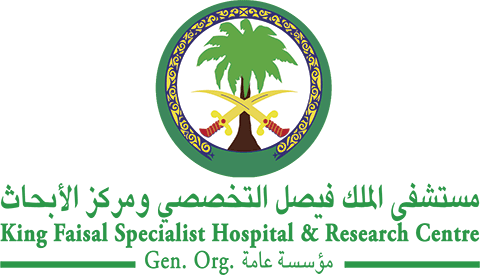Abstract
Background/Objective: Existing literature on allogeneic hematopoietic stem cell transplantation (allo-HSCT) in therapy related acute myeloid leukemia (t-AML) is confounded by the inclusion of patients with secondary AML and t-MDS. We aim to report our 20-year experience of HSCT in t-AML. Methods: We retrospectively reviewed patients with t-AML who underwent HSCT. Patients were analyzed for prior malignancy, therapy, time to diagnosis of t-AML, transplant details, relapse-free survival (RFS), overall survival (OS), and predictors of outcomes. Results: In total, 68 patients (59.9% female; median age, 56.5 years) underwent HSCT. Acute and chronic graft-versus host disease (GVHD) occurred in 39 (57.4%) and 23 (33.8%) patients, respectively. Cumulative incidence of relapse, nonrelapse mortality, RFS, and OS at 2 years were 17.9%, 34.5%, 47.6%, and 49.3%, respectively. Significant predictors of reduced OS were presence of 11q23 rearrangement (hazard ratio [HR], 3.24), using induction regimens other than FLAGIda or 7 þ 3 (HR, 3.65), haploidentical donors (HR, 3.48), Eastern Cooperative Oncology Group performance status 2 or higher (HR, 5.83), and using cyclosporine Aemethotrexate as GVHD prophylaxis (HR, 2.41). A significant decrement in survival was seen with an increasing number of any of these prognostic factors. Conclusion: Outcomes of t-AML are satisfactory after allo-HSCT. Patients with t-AML with good-risk karyotypes, good performance status, having HLA-matched donors, and receiving intensive induction regimens have better outcomes after HSCT.
Recommended Citation
Nampoothiri, Ram Vasudevan; Law, Arjun Datt; Lam, Wilson; Chen, Carol; Al-Shaibani, Zeyad; Loach, David; Michelis, Fotios V.; Kim, Dennis Dong Hwan; Mattsson, Jonas; Kumar, Rajat; Lipton, Jeffrey Howard; and Viswabandya, Auro
(2022)
"Predictors of Outcomes of Therapy-Related Acute Myeloid Leukemia after Allogeneic Hematopoietic Stem Cell Transplantation,"
Hematology/Oncology and Stem Cell Therapy: Vol. 15
:
Iss.
1
, Article 5.
Available at: https://doi.org/10.1016/j.hemonc.2021.03.003
Creative Commons License

This work is licensed under a Creative Commons Attribution-Noncommercial-No Derivative Works 4.0 License.
Included in
Cancer Biology Commons, Hematology Commons, Oncology Commons

